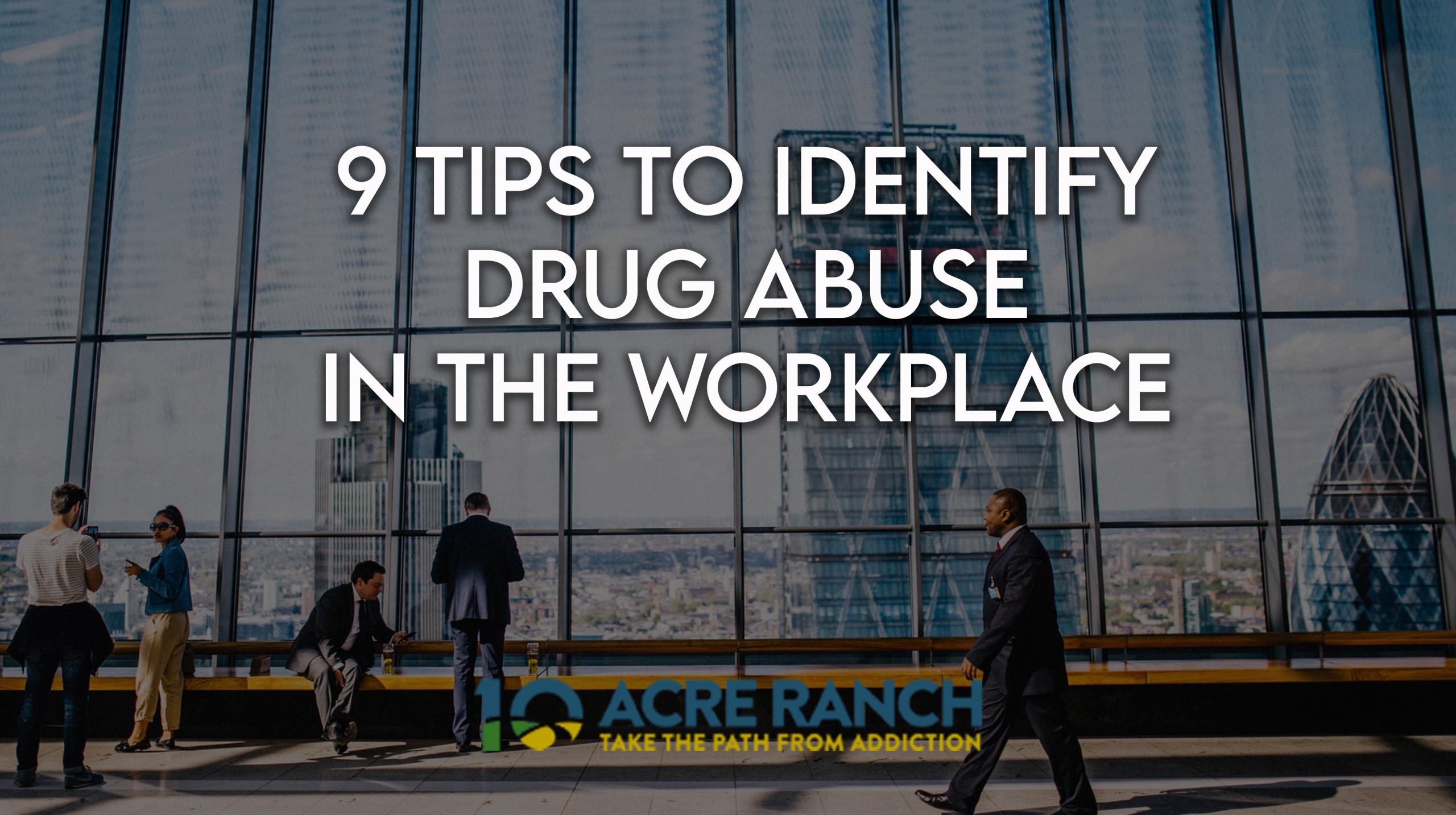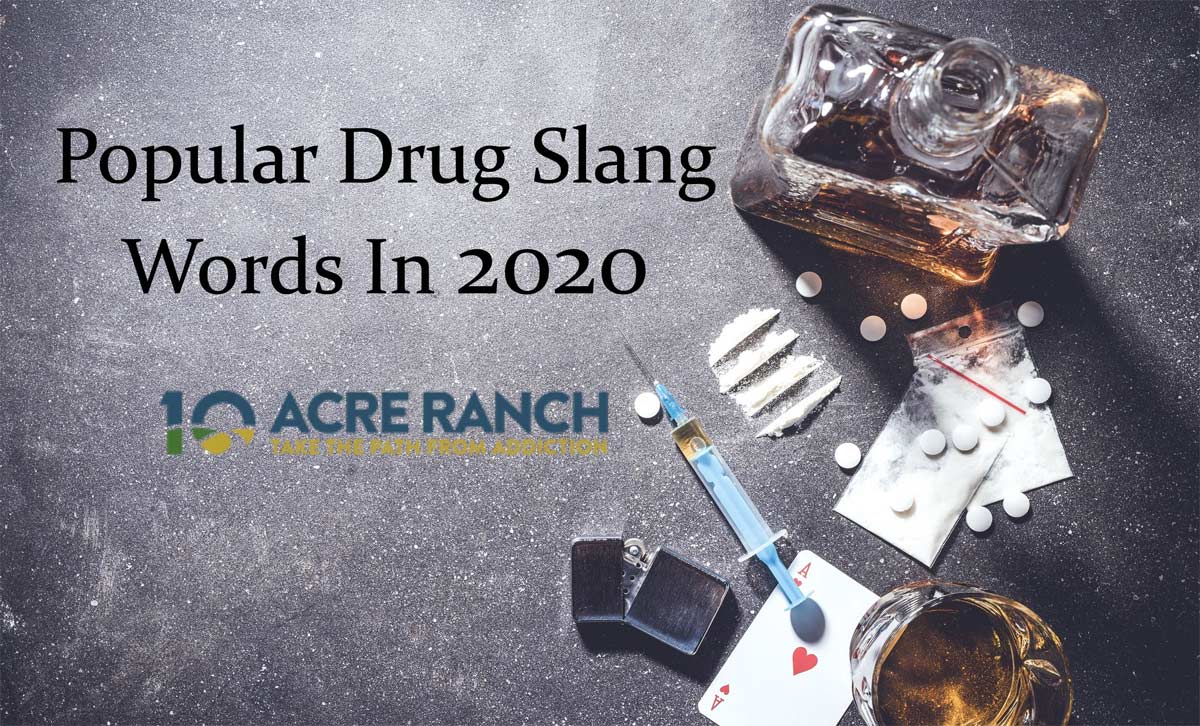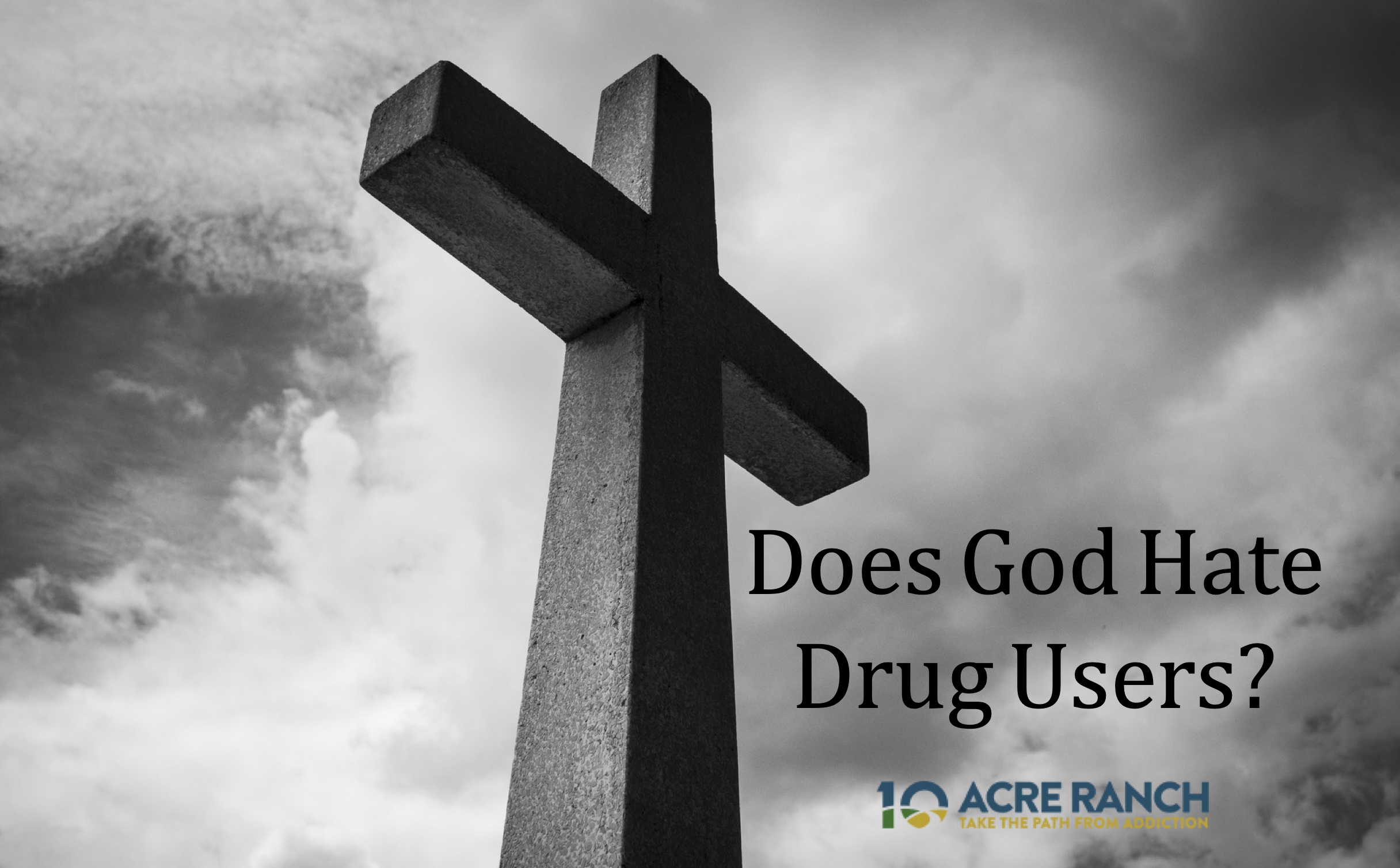Drug abuse tends to be a sensitive topic at the workplace. Most people feel like they need to hide their problems with drugs or …
What is the Social Model of Recovery and How Can it Help Addicts?
Even more interestingly so, was that for the elderly population, meaning anyone above the age of 65, the number of people who …
Continue Reading about What is the Social Model of Recovery and How Can it Help Addicts?
What Are Some Popular Drug Slang Words in 2020
The reason why they use slang words for drugs is to help conceal their actual meaning from their parents, or other people who …
Continue Reading about What Are Some Popular Drug Slang Words in 2020
Does God Hate Drug Users?
holy word and teaching others how to live a moral life, he was sent here to deliver us from our sins,“I have not come to call the …










